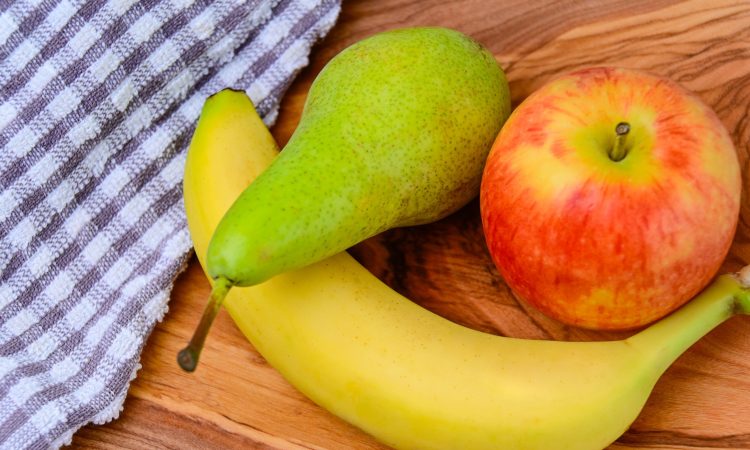
For many countries, this is harvest time, so fruits such as apples and pears are available in abundance and often ready to eat.
At the same time, shops and supermarkets are full of fruit from all over the world, which may be all colorful and attractive, but may not be ripe. To the untrained eye, a ripe watermelon can be indistinguishable from one that won’t be ready for another week. How do you tell if a product is at its peak, past its peak, or hard and sour because it needs more time?
There are some general clues to look out for, the most important being color and smell, he notes. In general, the ripe fruits are fragrant and have the strongest possible color. Apart from this, there are techniques and strategies for specific cultures.
Here’s how to assess the ripeness of the fruit, , in pears and cherries.
To the sea
Apples are classified as “climacteric” fruit, meaning they produce ethylene as part of the ripening process and continue to ripen after harvest.
“The practical advice for a consumer would be the color. Apples you find in supermarkets will be either in the yellow spectrum or the red spectrum. You want to make sure they don’t have a lot of green on the skin (unless, obviously, it’s a green variety). In particular, you see this at the top and bottom of the apple,” says Franco Fubini, founder of luxury vegetable store Natoora.
Fubini also recommends giving the apple a light tap with your finger and listening: “If it sounds like you’re hitting dead wood, then it’s good—it’s crunchy. If it sounds like a thud, it’s a floury apple and not a very good one.”
Bananas
Bananas are, in many ways, the ultimate climacteric fruit – they produce so much ethylene they ripen quickly in its presence.
Bananas in supermarkets are always picked green and ripe during transport and are usually sold within a range that allows for further ripening at home.
citrus
The lemons you find at the supermarket are usually within acceptable limits of ripeness, but not always. Make sure you don’t see any dryness on the skin, which starts at the extremities and is not very severe.
A really ripe and flavorful lemon will have plenty of citrus oils in the rind. To release that fragrance, we often scratch the surface lightly with a fingernail, but very lightly. In the midst of citrus season, you can almost see those oils rising to the surface.
Kiwi
“You can’t age a kiwi. You can try, but it’s very hard. Their skin is very thin. So it’s difficult,” says Fubini.
In the case of kiwifruit, the key to ripeness is the amount of yield. Kiwis can get a little mushy if overripe. Therefore, if you see them very soft and if the skin is not “puffed” – if it starts to wrinkle a little – it means that they have gone too far.
To the family
Unlike most fruits, pears are deliberately picked under-ripe and undergo a process known as finishing.
“High-quality pears will go through three, four weeks in a cold room. The ripening process from the tree is completed,” says Fubini.
The pears you buy in supermarkets are often still
“I age them bottom side down on a plate lined with breathable cloth or a kitchen towel. They are ready when you can cut the pear easily. You should never force a knife through a pear,” say the specialists.
cherries
Look for intense color – but not too intense – and an overall full shape. “It has to be bright,” says Fubini.
Since cherries, like other “non-climacteric” produce such as grapes, strawberries and lemons, will not ripen after harvest, also look for freshness. The stems of the cherries must be supple and green.”
This is a sign of maturity and freshness. Once the stalks start to shrink and turn brown or are slightly brittle, then they have been sitting a little too long and may be overripe.

